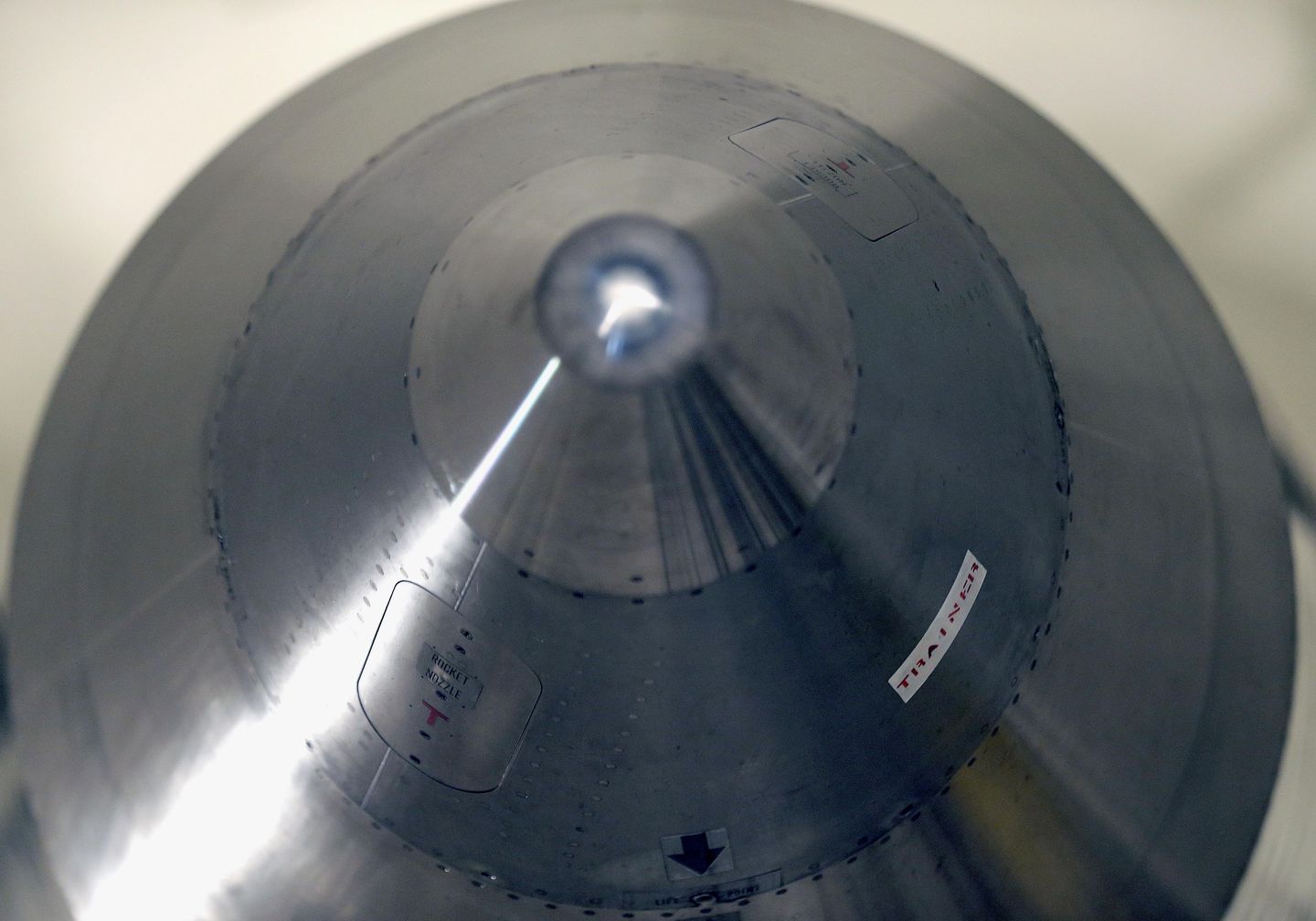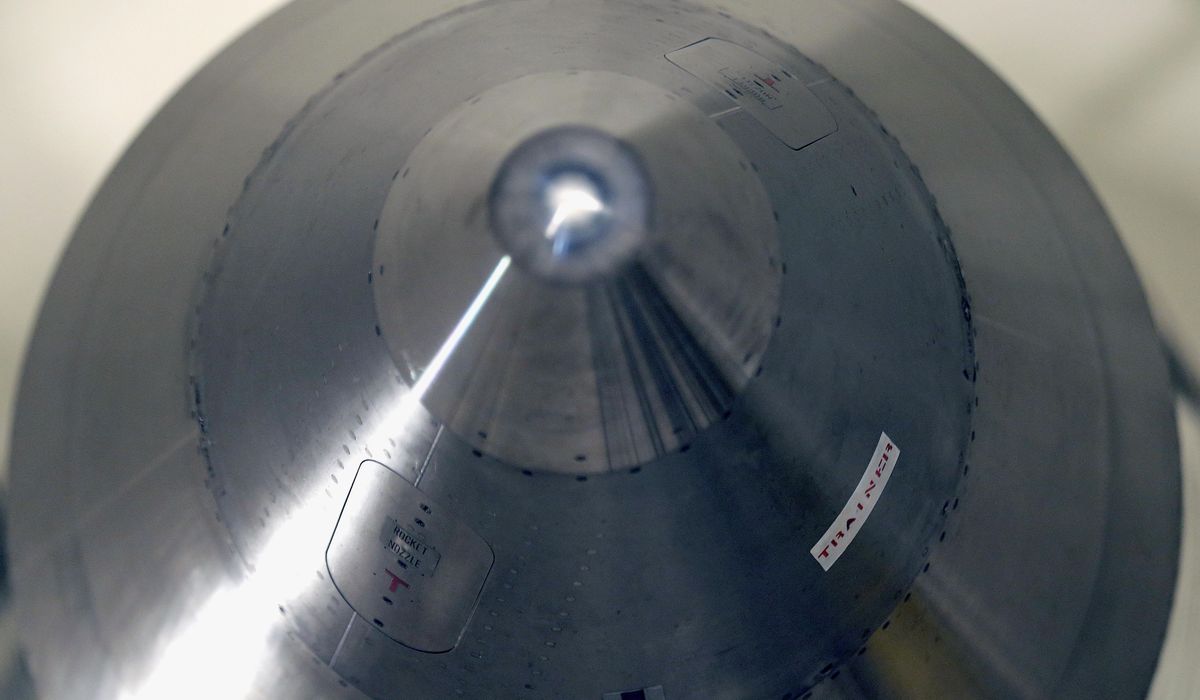

The number of U.S. nuclear warheads declined over the past seven years and currently includes 3,750 nuclear warheads, both weapons deployed on missiles and bombers and many others kept in storage, according to Energy and State Department fact sheets made public this week.
The number of warheads in the strategic weapons arsenal is down from 4,717 as of September 2014.
The latest fact sheets hailed the declassification of the stockpile as a necessary transparency measure aimed at promoting the weapons nonproliferation. The Trump administration declined to make public the number of warheads in order to protect efforts to deter nuclear-armed adversaries.
According to the latest disclosures, as of September 2020, the number of U.S. warheads was 3,750, down from around 31,255 in 1968 and 22,217 following the fall of the Berlin Wall in 1989. A total of 711 nuclear warheads were dismantled since September 2017, the last time warhead numbers were made public.
The number of non-strategic nuclear arms was not disclosed. These include a stockpile of aircraft-dropped nuclear bombs.
The warhead stockpile includes active and inactive warheads. Active warheads are both strategic and non-strategic weapons kept in an operational, ready-for-use status.
Inactive warheads are kept on standby and do not have bottles of tritium gas used to enhance their explosive power as do active warheads.
The current strategic warhead stockpile under the New START arms treaty is 1,389 warheads deployed on long-range missiles, submarine-launched missiles and warheads counted for delivery on strategic bombers.
Disclosure of the decline in U.S. warheads comes as China is building an estimated 350 new silos for long-range missiles at three locations in western China, as The Washington Times reported earlier this year. U.S. officials estimate the new silos will house the 10-warhead DF-41 missile, and suggest a production capability of up to 3,500 new warheads.
China’s current strategic warhead stockpile has been estimated to be around 250 warheads.
Russia also is building up its nuclear forces with exotic strategic weapons, including nuclear-powered cruise missiles and a high-speed underwater drone armed with a multi-megaton warhead.
Adm. Charles Richard, commander of the Omaha-based Strategic Command, warned in a speech in August that both China and Russia are aggressively modernizing their nuclear arsenals and was particularly alarmed by nuclear advances being made by Beijing.
“We are witnessing a strategic breakout by China,” Adm. Richard told a missile defense conference in Alabama. “The explosive growth in their nuclear and conventional forces can only be what I described as breathtaking.”
